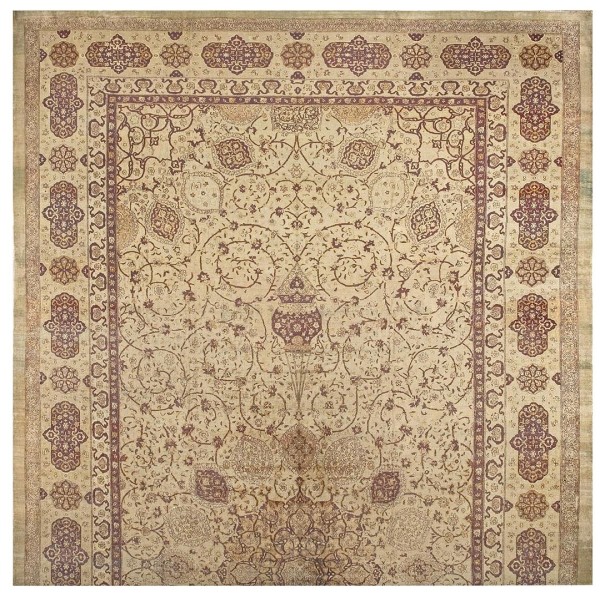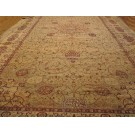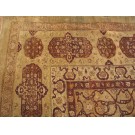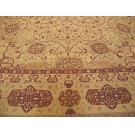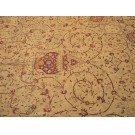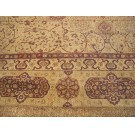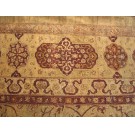Early 20th Century N. Amritsar Carpet ( 14 x 27' - 427 x 823 )
The 1892 publication of the Ardebil Carpet� almost immediately unleashed creative copies from all over the carpet world. This is a particularly attractive one in tones of ivory and cream, with a pendanted medallion suspending two mosque lamps and en suite quarter corners, on a field of tightly coiled arabesques, all within a cartouche and octofoil border. The majestic scale of this exceptional interpretation of the worlds most reproduced classical carpet is quite close to that of the original
| Stock ID: | #17300 |
| General Rug Type: | Indian |
| Specific Rug Type: | Amristar |
| Circa: | 1900 |
| Ground Color: | Ivory |
| Border Color: | Purple |
| Origin: | India |
| Material: | Wool |
| Weave: | Pile - Knotted |
| Shape: | Rectangle |
| Width: | 14' ( 427 cm ) |
| Length: | 27' ( 823 cm ) |
| Tearsheet Download |
